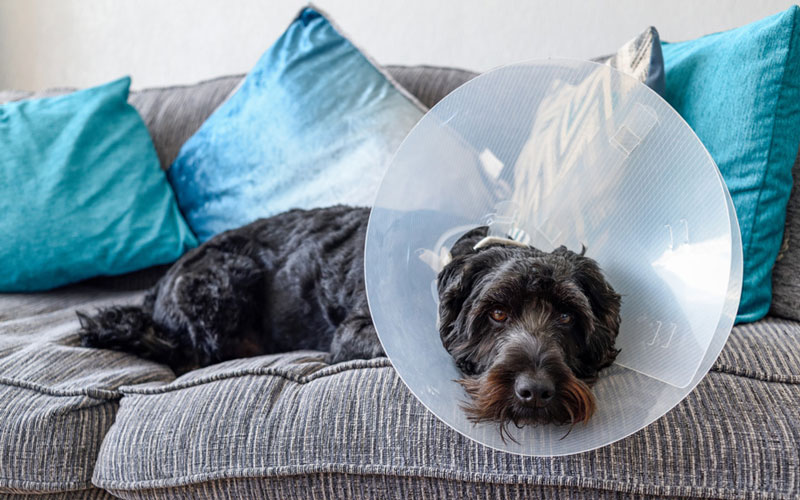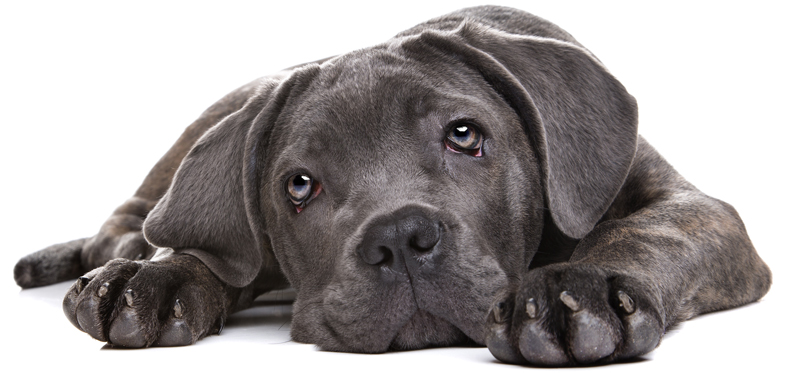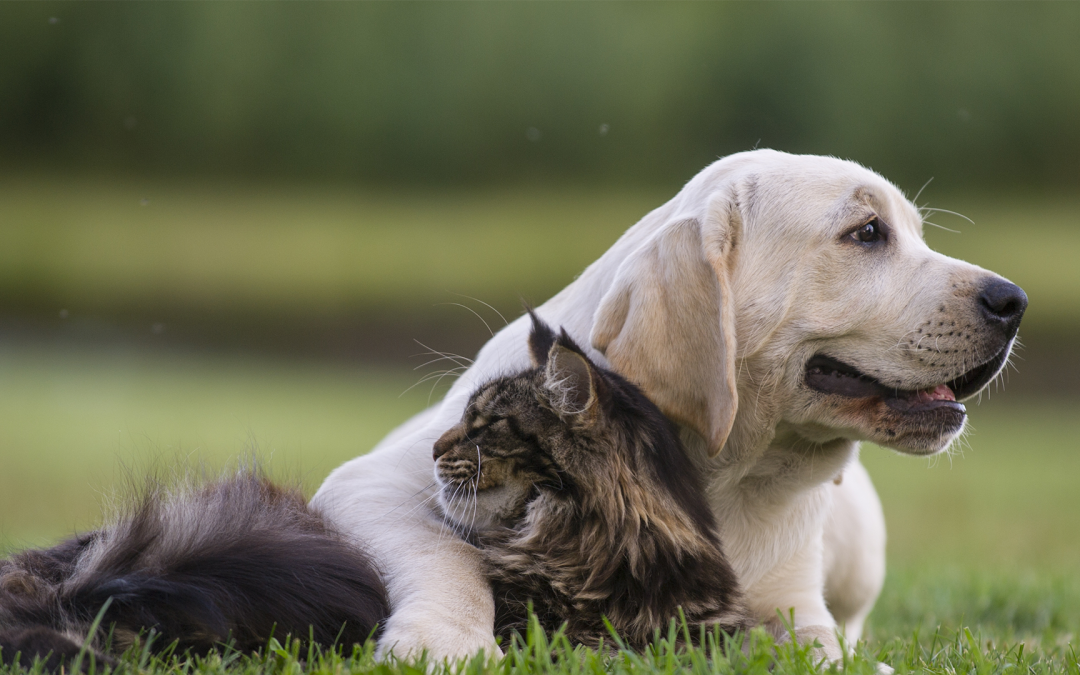Benefits of Desexing
There are important benefits associated with having your pet desexed.

Health Benefits
- Reduction in risk of some malignant cancers, in organs such as the testes, ovaries, cervix, or uterus.
- Prevention of infection of the uterus, or pyometra, which is where the uterus fills with pus, common in older entire female dogs.
- Prevention of ‘false pregnancy syndrome’ in undesexed female dogs.
- Reduction in risk of some serious diseases, such as prostatic disease and perineal hernia, in male dogs that haven’t been castrated.
Social Benefits
- Reduction in territorial behaviours such as urine marking.
- Reduction in noisy calling behaviours.
- Reduction in anti-social behaviour.
- Reduction in wandering, which can lead to your pet being lost, harming native wildlife or having an accident with a car.
Financial Benefits
- Prevention of costs associated with assistance at birthing .
- Avoidance of costs associated with the serious medical diseases listed above.
- Desexing your pet also entitles you to a discount on your council pet registration fees, for the life of your animal.
Meeting Your Pet's Needs
- Prevention of costs associated with assistance at birthing .
- Avoidance of costs associated with the serious medical diseases listed above.
- Desexing your pet also entitles you to a discount on your council pet registration fees, for the life of your animal.
The Desexing Procedure

Pre-anaesthetic examination
Your veterinarian or veterinary nurse will examine your pet, checking their vital signs, to ensure they are well for their anaesthetic.

Anaesthetic
A general anaesthetic is important for surgical procedures to be completed safely on animals and to eliminate any perception of pain.

Surgical procedure
In the case of male animals both testicles are removed via a skin incision. In female animals an incision is made through the skin and muscle of the abdomen. The reproductive organs are removed through this incision, which is then stitched closed.

PRE-MEDICATION
Your veterinarian will administer medication which provides pain relief for your pet’s surgery and reduces anxiety associated with being in hospital.

Surgical preparation
Prior to surgery the hair is clipped off at the surgical site and the skin is cleaned until sterile.

Tattoo
A permanent identification mark in your pet’s ear identifying that your pet has been desexed.
Additional procedures
It can be convenient while your pet is anaesthetised to complete other procedures on your pet which may be required. These may include:
- Repair of umbilical hernias
- Removal of ‘baby’ or deciduous teeth
- Microchipping

Recovery
Your pet will continue to be monitored throughout the recovery process.
HOME CARE
Generally pets make a speedy recovery after routine surgery. At discharge of your pet, the veterinarian or veterinary nurse will provide instructions on caring for your pet after the surgery.
Desexing – Common Misconceptions
Get the facts!
- It’s better to have my pet the way nature intended.
- Sexual hormones create behaviours in our pets that may be socially unacceptable, such as mating, urine marking and roaming. These are natural behaviours of entire animals and desexing may suppress their desire for these behaviours .
- My pet will gain weight after desexing.
- Animals that are not desexed may have slightly higher nutritional requirements than animals that are desexed. Managing their weight by feeding an appropriate amount for your pet, combined with appropriate exercise, will stop you pet from becoming overweight, and additionally may save you money in food expenses.
- It doesn’t matter when I get my pet desexed.
- Many of the benefits to desexing are maximised when performed at certain ages. Your veterinarian will factor in general desexing advice, breed-related considerations, and your pet’s individual circumstances to provide the best advice for you.
- Desexing will be too painful for my pet.
- Animals experience minimal discomfort undergoing a desexing procedure. This is because medication to control pain and anaesthetic medications are used throughout the surgery, and additional pain relief is provided afterwards.

Anaesthetics
Anaesthetics allow veterinarians to perform surgical procedures safely and with minimal discomfort. Your vet develops an anaesthetic plan tailored to your pet’s needs, based on its age and physical condition. In this way your vet makes desexing as gentle, safe and comfortable as possible for your pet.
NSAIDs
Your veterinarian may prescribe a Non-Steroidal Anti-Inflammatory Drug, or NSAID, at desexing to help minimise discomfort from the procedure. NSAIDs are medications that help to reduce inflammation and swelling, and minimise pain by inhibiting two different areas involved in pain perception. Please use as directed by your veterinarian and contact the clinic if you have any concerns.
The importance of desexing your pets.
Desexing is the only effective permanent method for preventing pregnancy in animals and provides important health benefits as well.
Desexing surgery involves the removal of the testicles of males, known as castration or ‘neutering’, or the ovaries and uterus of females, known as ovariohysterectomy or ‘spaying’.
Your pet will be desexed under general anaesthesia. As most animals undergoing desexing are young and healthy, complications are rare. In addition, the anaesthetic will be closely monitored throughout the procedure to ensure the safety of your pet.
FREE DESEXING!
Did you know that a Best Mates membership includes:
FREE desexing or dental
FREE vaccinations
FREE unlimited consultations
FREE health screening blood test
Plus SUPER discounts medications & other services!
*terms and conditions apply
If your pet is entire and you would like them desexed contact one of our Fur Life Vet Clinics to book your pet in or discuss the procedure further.



Recent Comments